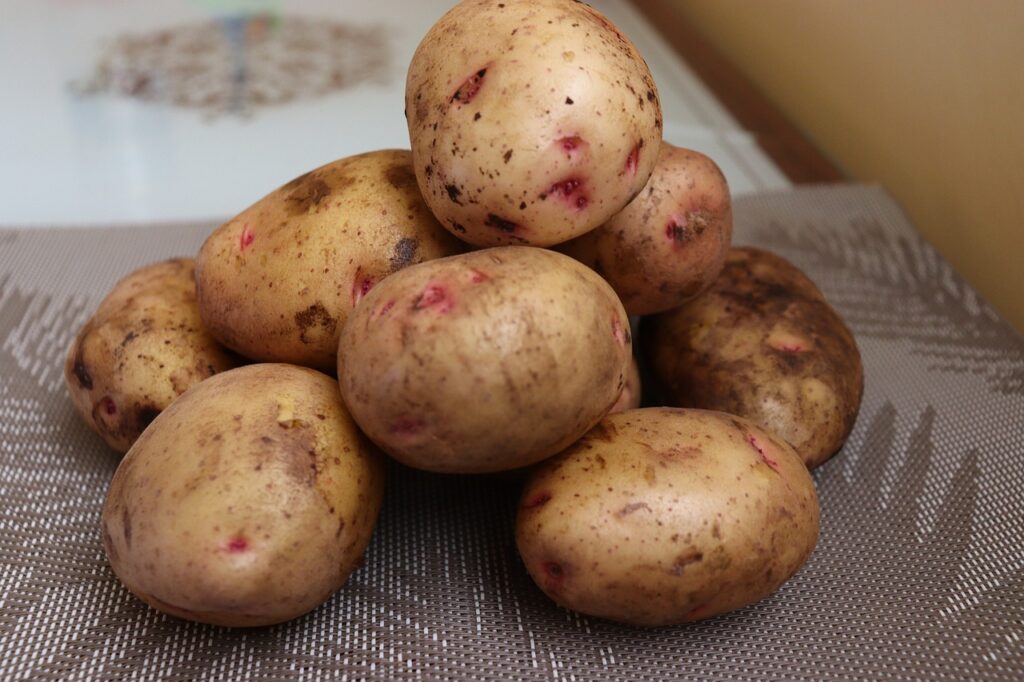Modified starch refers to starch derived from various plant sources (such as corn, wheat, tapioca, or potatoes) that has undergone chemical or physical treatments to alter its properties.
These modifications are typically done to improve the functional characteristics of starch for specific applications in the food, pharmaceutical, paper, textile, and other industries.
Food safety knowledge is for all!

Every consumer deserves to have high quality and safe food. …Read more!

Importance of modified starch.
Here are some common reasons for modifying starch:
- Enhanced Stability: Modified starches are often more stable under conditions such as high temperature, acidity, or freezing, making them suitable for use in processed foods that undergo various cooking or storage conditions.
- Texture and Thickening: Modification can change the viscosity and texture of starch, allowing it to act as a thickening agent, stabilizer, or gelling agent in food products. This is essential for creating desired textures in products like sauces, soups, and desserts.
- Improved Binding: Modified starches may have improved binding properties, which are valuable in food products like batters and coatings, where adhesion and crispiness are important.
- Reduced Retrogradation: Starch retrogradation, where starch molecules re-form and lead to undesirable texture changes in foods, can be minimized through modification, extending the shelf life of products.
- Solubility: Some modified starches are more soluble in cold water, making them useful in instant food and beverage applications.
- Clarity: In the production of clear or translucent products like fruit juices and jellies, modified starches can be used to achieve clarity while maintaining the desired texture.
Common methods of starch modification include acid hydrolysis, enzymatic treatment, cross-linking, esterification, and oxidation, among others. The choice of modification method depends on the intended application and the specific properties required.
Common types of modified starch
- Acid-Modified Starches:
- Acid-modified starches are starch derivatives created by subjecting native starch (usually from sources like corn, wheat, or potatoes) to acid hydrolysis or treatment.
- This process breaks down the starch molecules, reducing their molecular weight and altering their properties.
- Acid-modified starches are often used as thickeners, stabilizers, and gelling agents in various food products and industrial applications due to their modified functional properties.
- Cross-Linked Starches:
- Cross-linked starches are starches that have undergone a chemical process called cross-linking, where covalent bonds are formed between starch chains.
- Cross-linking enhances the starch’s resistance to heat, shear, and acidity, making it more stable and less likely to undergo gelatinization.
- These starches are used in applications where high-temperature processing or prolonged storage is involved, such as in canned foods and frozen products, to maintain desired textural properties.
- Substituted Starches:
- Substituted starches are starch derivatives in which some of the hydroxyl (-OH) groups on the starch molecules are replaced by other chemical groups, such as acetate, phosphate, or hydroxypropyl groups.
- This chemical modification alters the starch’s solubility, viscosity, and stability, making it suitable for a wide range of applications.
- Substituted starches are commonly used in the food industry to improve texture, control moisture, and enhance product stability, among other functions.
Our Blog ↗
Read the latest from our blog
Ask a Question ↗
Ask a question and get answers from our community
Give Feedback ↗
We value your feedback.


